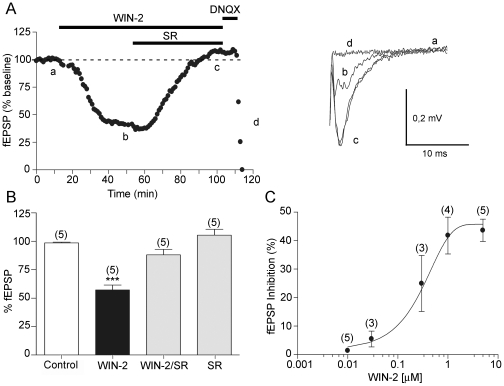Figure 4. Pharmacological characterization of the CB1 mediated inhibition in the rat anterolateral BNST.
A, Left; typical experiment (time course) where the CB1 agonist, WIN-2 (5 µM) reduces the fEPSP and the selective CB1 antagonist SR141716A (SR, 4 µM) reverses the WIN-2 induced inhibition. The non-NMDA ionotropic glutamate receptor antagonist DNQX (20 µM) eliminated the fEPSP confirming its synaptic origin. Right; superimposed traces (average of 20 consecutive fEPSPs taken at the time indicated on the time course) showing the inhibition caused by WIN-2 (b) and its reversion by SR (c). Calibration bars: x: 10 ms, y: 0.2 mV. B, summary of all the experiments performed with WIN-2 and SR: The fEPSP was 98.64±0.6590% of baseline in control (n = 5), 57.21±4.335% (n = 5; p = 0.0008; ***: p<0.05) with WIN-2 at 60 min, 88.09±4.83% (n = 5; p = 0.0727, ns: p>0.05) with WIN-2/SR at 120 min, and 105.4±5.288% (n = 5; p = 0.2246; ns: p>0.05) 30 min after perfusing only with SR. C, Dose response curve measured 20 min after beginning WIN-2 application. Each point is expressed as the percentage of inhibition of its basal value. The EC50 for WIN-2 was 251.18+/−9.50 nM.

